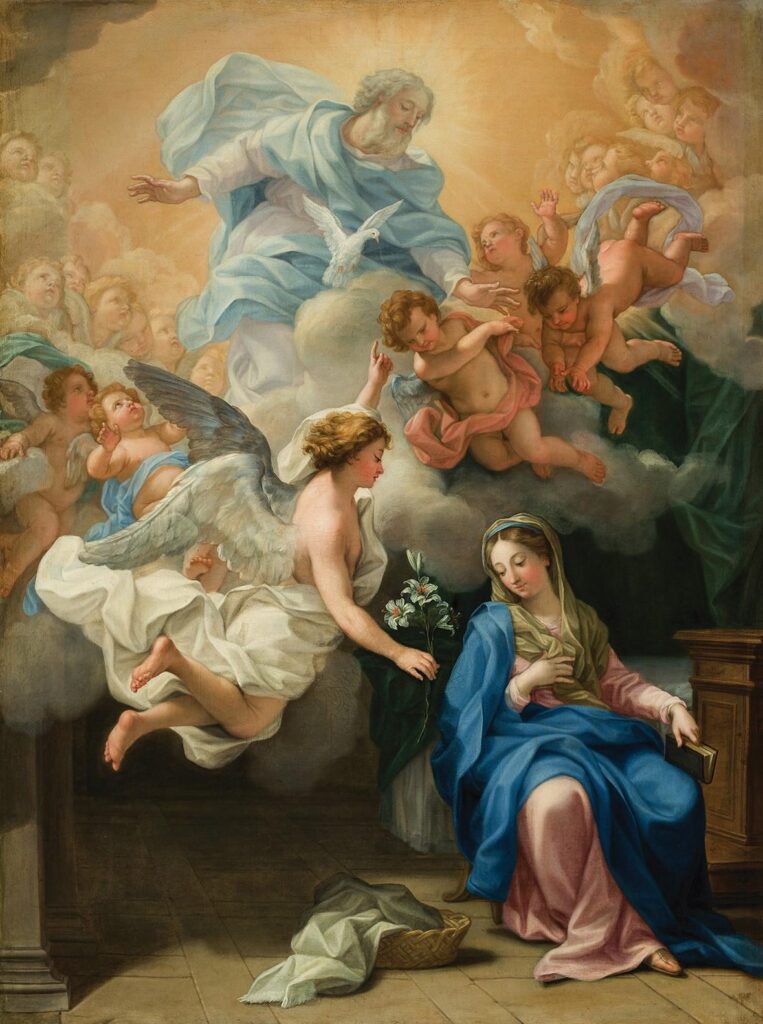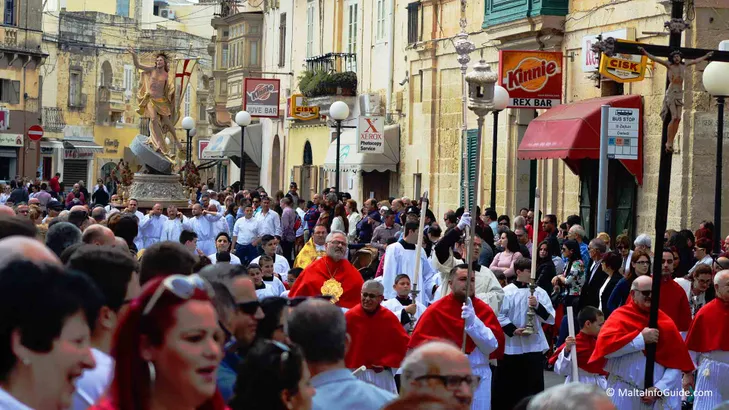Maltese olive oil Bidni wins platinum award at International Olive Oil competition

Bidni Extra Virgin Olive Oil has won the Platinum Award at the renowned London International Olive Oil Competition, setting a new benchmark for Maltese olive oil on the international stage. The Bidni olive, a variety endemic to Malta and virtually unknown to the world until two decades ago, was revived through the dedicated efforts of […]
Forbes Best Souvenirs To Buy In Malta

Wandering through the cliffside gardens of the capital Valletta or the peaceful streets of the medieval city of Mdina, you can’t help but feel you’re in an extraordinary place. Malta, a three-island archipelago in the heart of the Mediterranean just south of Sicily, brims with 8,000 years of history and cultural influences from the Phoenicians to […]
Il Barocco maltese, tra architettura e musica

IL LEGAME CON IL GUSTO DOMINANTE TRA XVII E XVIII SECOLO IN TUTTA EUROPA SI ESPRIME SOPRATTUTTO NELLE ARCHITETTURE PUBBLICHE E RELIGIOSE DA SCOPRIRE NELL’ARCIPELAGO DI MALTA, GOZO E COMINO A gennaio l’arcipelago di Malta celebra la sua identità barocca. Per tutto il mese, ormai da dieci anni a questa parte, Valletta accoglie infatti un […]
25 years of Colours of Malta

Mdina Cathedral Museum catering for eclectic tastes

The Mdina Cathedral Museum stands out as an institution that is continuously evolving. It is housed in a magnificent baroque building on the right hand side of the cathedral, in Archbishop’s Square. This imposing edifice was built by Bishop Alpheran de Bussan, with the first stone being laid in 1733. This building was to serve […]
2023 Hosts Global Forum Destination Has Been Announced

Hosts Global, together with Hosts Global Affiliate Colours of Malta, announced they will be heading to Malta in 2023 for the next Hosts Global Forum. Steeped in over 7,000 years of history, and having played host to the Romans, Phoenicians and the Knights of St John, Malta will also play host to the 9th annual […]
Why Malta is the Mediterranean’s most underrated destination

Plunked in the middle of the Mediterranean, Malta has been squabbled over by empires for millennia. But today its people are fashioning their own story. Conde Nast Traveler’s Rick Jordan recounts his various visits to the island while giving a brief recount of Malta’s fascinating history and how it shaped the Malta we know today. […]
Malta’s Villa Bologna Pottery officially opens London outlet
Maltese pottery store Villa Bologna Pottery officially launched its outlet in London on Tuesday. Located at the elegant Portland Road, Villa Bologna Pottery is in one of the most picturesque areas in West London. Villa Bologna has been producing iconic handcrafted ceramics since 1924, with its store in Attard emerging as a favourite for several […]
8 of Malta’s stunning wayside chapels

The Maltese Islands really do have the grandest of churches – we have one for nearly ever day of the year! But often, it’s in the simplest of chapels that we can find tranquillity and peace (not to mention some of the islands’ most spectacular countryside views). Here are 8 of Malta’s prettiest wayside chapels. […]
Easter Sunday In Malta 2022

Easter Sunday Processions Are As Popular As Those Of Good Friday. Easter Sunday in Malta commemorates the Resurrection of Christ reminding us that he rose from death. It is the most important feast in the Roman Catholic church calendar. The ringing of the Church bells both in Malta and Gozo and the processions with the […]
